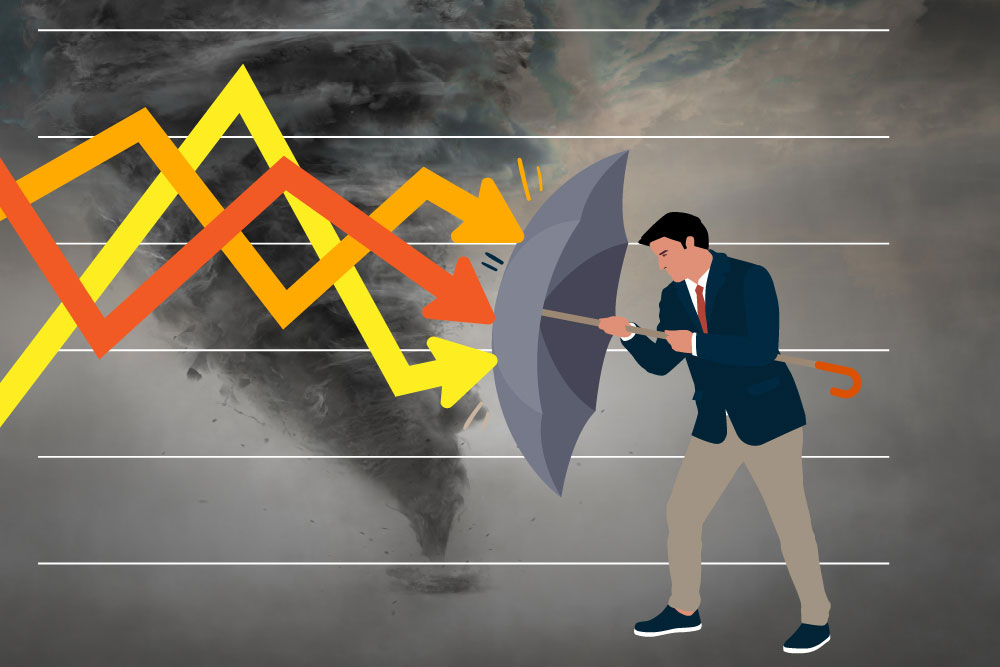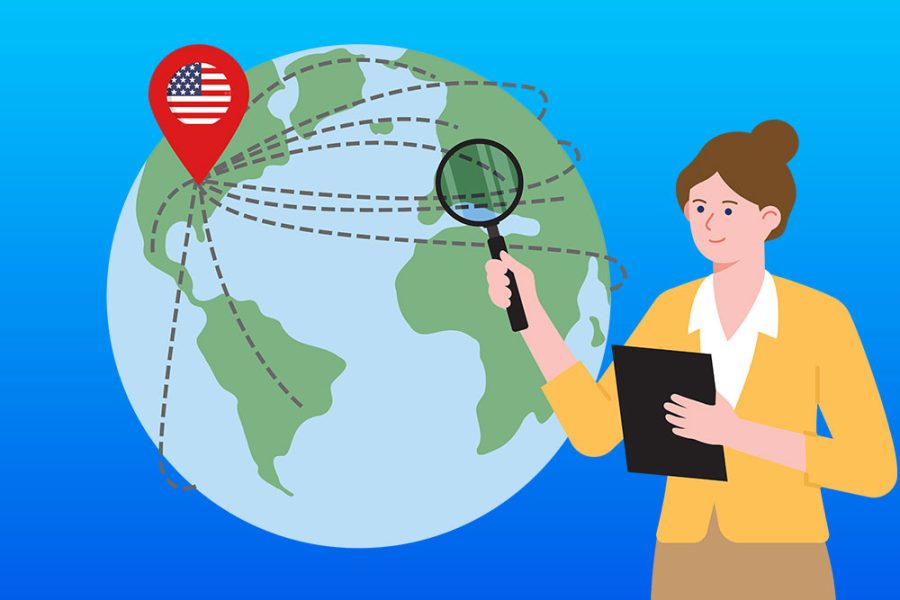- Navigator
- Industry Analytics and Strategy
- Strategic Planning
 Natural disasters, public health crises, and other emergencies can devastate local economies beyond immediate physical damage. As we’ve unfortunately seen in recent years, business closures, supply chain disruptions, workforce displacement, and diminished tax revenue resulting from these emergencies create long-lasting economic hardships that can take years to overcome.
Natural disasters, public health crises, and other emergencies can devastate local economies beyond immediate physical damage. As we’ve unfortunately seen in recent years, business closures, supply chain disruptions, workforce displacement, and diminished tax revenue resulting from these emergencies create long-lasting economic hardships that can take years to overcome.
Economic development professionals stand at a unique intersection of understanding individual business needs as well as broader regional economic systems. With this dual perspective, we can play a critical role in disaster preparedness efforts that protect and strengthen local economies before disaster strikes, reducing the length and severity of impacts.
One-to-One Business Support
Economic developers can directly assist businesses in building resilience through:
- Understanding Vulnerabilities: Help businesses identify disaster risks relevant to their location, industry, and operations and prepare associated risk assessments.
- Building Business Resilience: Encourage product and service diversification to weather sector-specific disruptions, including mixing brick-and-mortar and e-commerce revenue streams.
- Creating Comprehensive Continuity Plans: Assist businesses in developing detailed emergency response plans that include:
- Emergency contact information for employees, customers, suppliers, and financial institutions
- Procedures for safeguarding inventory and equipment
- Offsite or cloud-based backup systems for critical financial and operational data
- Insurance coverage review and optimization
- Contingency plans for alternative work arrangements and operational locations
- Communication protocols for customers, employees, and stakeholders
Regional Economic Resilience
Beyond individual businesses, economic developers must also strengthen the entire regional economic ecosystem. This includes:
- Vulnerability Mapping: Conduct comprehensive assessments to identify businesses, supply chains, and sectors most vulnerable to disaster scenarios. Quantify potential economic impacts, such as job losses, tax revenue reductions, and gross domestic product decline. Use this information to communicate why investing in protections and mitigation efforts is regionally important.
- Economic Diversification: Develop strategies to diversify the regional industry mix, reducing overreliance on vulnerable sectors by identifying emerging industries with growth potential that complement current and future economic opportunities. Focus business attraction and retention programs on industries that enhance regional resilience and disaster preparedness.
- Workforce Development for Resilience: Develop programs that prepare workers for disaster preparedness, including building skills pipelines for disaster recovery occupations (construction, healthcare, logistics). Consider investing in systems to maintain workforce connections during displacement and disruption.
- Collaborative Networks: Establish pre-disaster coordination between businesses, government agencies, and nonprofit organizations that can be called upon once a disaster occurs.
Implementing Disaster Preparedness: Where to Begin
It is overwhelming to think about “What will happen when…” but getting started with a few intentional steps can help integrate disaster resilience into our work and build capacity to be better prepared in the future:
- Establish a disaster resilience task force that includes representatives from government, business, and community organizations to guide preparedness efforts.
- Conduct a regional vulnerability assessment that identifies critical economic assets, vulnerable industries, and potential cascading impacts from various disaster scenarios. Use mapping software, online platforms, and other tools to understand potential risks better.
- Create a resource hub for businesses that centralizes disaster planning tools, funding opportunities, and technical assistance programs.
- Integrate resilience into strategic planning by incorporating disaster preparedness into economic development strategic plans with specific metrics and accountability measures.
- Develop pre-disaster recovery plans that establish priorities, protocols, and responsibilities for rapid economic recovery following different types of disasters.
Conclusion: Building a Culture of Preparedness
The most effective disaster preparedness is proactive rather than reactive. Economic development professionals are on the front line, ensuring communities are positioned to withstand and recover from disasters with minimal economic damage. By taking steps to prepare businesses, employees, and support organizations, economic developers can substantially reduce long-term economic harm.
As I explained in my previous article on disaster resiliency, the economic impact of disasters can be extensive and prolonged as workers relocate, visitors avoid the area, and businesses struggle to reopen. The faster businesses can resume operations and return employees to work, the more quickly a sense of normalcy and economic stability returns to the region.
By embracing this dual role—supporting individual business resilience while strengthening regional economic systems—economic development professionals can create communities that not only survive disasters but emerge stronger and more competitive than before.
Learn more about our economic resiliency planning services
Learn more about our industry analytics and strategy services
📍 Related Articles:




